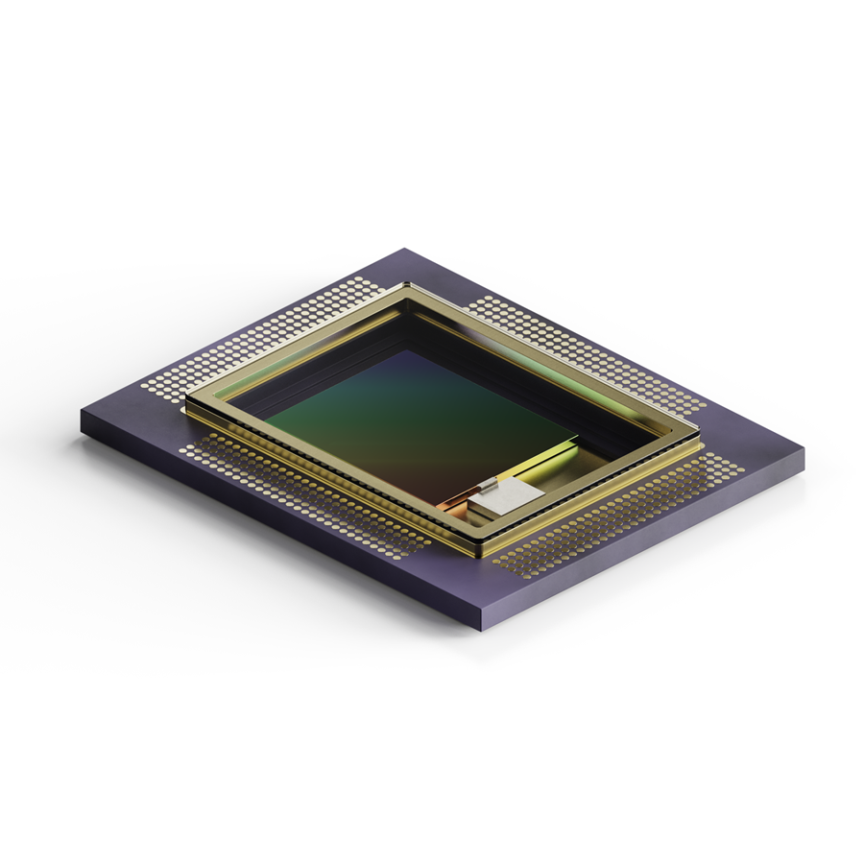Design for manufacture is the most critical factor in the development of optical systems. As products are made smaller and smaller, designers often tighten tolerances beyond manufacturable limits. This is where prototyping is vital to validate both the performance of individual elements, as well as ensure that the entire product is suitable for mass production.
‘The need for smaller systems, larger focal planes and high definition are driving the cost of optical systems and the need for quick prototypes in the process,’ said Angelique Irvin, CEO of Clear Align, which provides advanced optical engineering, prototyping and manufacturing services for the aerospace, defence, and medical markets. ‘We are seeing this part of the business grow as a key factor leading to higher volume production for next generation products.’
Irvin added that the drive for multi-wavelength systems also means that component manufacturers must now develop parts with better precision and with optical coating complexities that have never been required before. ‘Manufacturers must evolve to become innovators,’ she said. ‘The days for brassboards, or prototype subsystem qualification for the demanding commercial, medical and defence markets are gone. There is too much risk with the complexity of today’s systems and you must fully qualify your product in full before entering the market.’
Drive for digital
While the modern digital age has seen a drive towards using 3D CAD and other simulation software to expedite the prototyping process and reduce time to market, there is still very much a place for physical models in optical product design, explained Michael O’Keefe, managing partner at Greenlight Optics: ‘There is no substitute for prototyping in determining how the human visual system perceives illumination and imagery.’ Greenlight is an optical systems engineering and manufacturing company specialising in projection displays, LED and laser illumination, imaging systems, plastic optics, and the integration of optics with electrical and mechanical systems.
‘During these early phases of development, it is very common that the proper specification is not known,’ said O’Keefe. ‘The early prototype can provide results that are useful in determining where the specification should be set.’
While modelling is the key to avoiding issues and for understanding performance across different temperature, stress, shock and vibration environments, the models do not always catch subtleties, and the skill and experience of a designer affects the interpretation.
Clear Align’s Irvin added that, whereas optical modelling software can provide a good overview of product performance, there are more than 50 subtleties that do not model well, including grin lenses, diffractive elements, continuous zoom aspects, tolerance aspheric components, and challenging slope errors.
‘You have to have the best people and cumulative experiences in your team to avoid the pitfalls in design to
manufacture,’ she remarked.
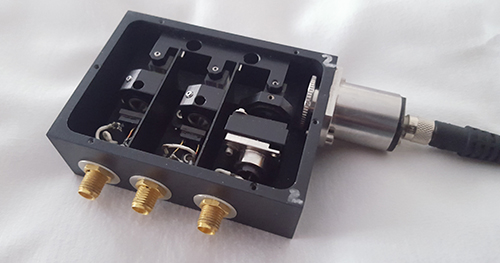
Moving to production
Reaching a final prototype that’s ready for volume manufacturing is not an immediate process, as one or more iterations are typically required. Iterative innovation is key to staying on top; building in stages and having clear measurable success factors at each point lowers technology investment risk.
‘You are going to test the concept with a piecemeal approach, working on some of the critical components to flesh out the concept,’ said Anthony Cappo, principal optical engineer at New York City-based optical engineering firm, Opticology. ‘Then you move on to building a full working unit, and after that it may go through another prototype stage. You will have learned some things from the first prototype – how best to assemble, how to do the alignment, what worked well and what didn’t. You will move on to a third- or fourth-generation prototype that will be a pre-production model. This is going to be representative of the final product in all ways before you make anything in high quantities.’
Even though the prototyping process can iron out any concerns about the manufacturability of the product, the designer should be thinking about how the system will be manufactured in volume from the outset.
‘As a first prototype, the primary focus is on validating the design,’ commented Greenlight’s O’Keefe. ‘The second phase should include an equal emphasis on validating any design iterations and validating the manufacturing method. By the beta prototyping phase, the system should be produced with the same manufacturing methods as volume production, perhaps with soft tools instead of hard tools. The focus of the beta phase is validating the manufacturing process and ensuring that performance can be met with the manufacturing process.’
Cappo added: ‘Typically, the products we prototype have never been made before. If you try to build it from start to finish in the one go, then there’s no turning back; you have to make all your assumptions in the design process, some of which may not be correct. If you tried to do that, typically you would have to restart.
‘What you get out of [the prototyping] process is: How did your assumption of how you were going to align the system work? How did your assumption on positioning work? Can a technician do this on a larger scale? All those things get fed back into the design during the process. You are also verifying the critical parameters of the product.’
Prototyping in action
Global Surgical Corporation has been manufacturing medical equipment for dental and ear, nose and throat (ENT) specialists for more than 80 years. In mid-2016, the firm redesigned a set of symmetric eyepieces for its A-Series microscope. One of the challenges was to improve optical performance within a highly constrained design envelope, including eye-limited optics and packaging with adjustment mechanisms. To do this, the size of the optics increased, leaving less space for mechanics and ergonomic fit.
From experience, the firm knew that designing the optomechanical system was a big challenge. The Plossl design used in the eyepiece consists of two achromatic doublets with very small air spaces.
The optical model for the eyepieces was created in OpticStudio, the optical design software by Zemax, and the design file loaded it into LensMechanix, the Solidworks add-in for optomechanical development. The OpticStudio design file loaded into LensMechanix included all the data needed to design the mechanical packaging. Previously, they had to work with STEP files and manually add the dimensions, tolerances, materials, and finishes. Eliminating that manual work meant they could begin building mechanical geometry immediately.
Instead of using STEP, IGES, or STL files to represent optical components, it loads the lens data from OpticStudio into a Solidworks assembly.
To prototype the eyepiece, Global created multiple pieces of each part. From this set, the engineers showed the marketing team a side-by-side comparison with the original A-Series eyepiece. The first prototype was well received by the marketing team. Their feedback was mostly cosmetic; for example, they wanted softer materials for the eyecups, and they wanted the eyepiece to be closer to the eyes.
By visualising how light travels through the complete optomechanical system and by identifying potential impacts on optical performance, the engineers could build critical components in metal, rather than in plastic.
Using prototyping software offered a significant advantage because many performance problems can’t be found using 3D printed or rapid CNC-machined prototypes due to the limitations of materials and the production process. Additionally, metal prototypes are expensive and time-consuming to produce.
Here are some experiences of engineers and start-ups who have prototyped photonics products:

Protyping a low-cost, portable OCT system
Can you tell me about the product you have prototyped?
We have developed a low-cost, portable OCT device. Optical coherence tomography is a retinal imaging technology used to diagnose many eye
diseases. Current instruments cost $40,000 to $60,000 and we build ours using rapid prototyping for a sales price of less than $10,000.
Who carried out the prototype manufacture – was it in-house or did you use a prototyping company?
In-house.
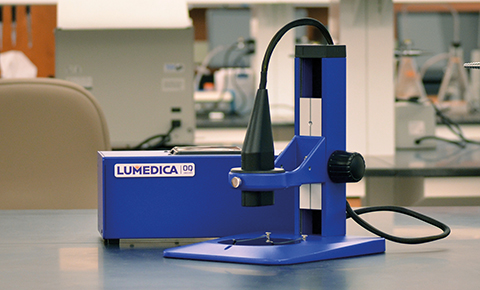
What was the prototyping process?
We created a full design and then implemented the optical layout on a breadboard.
The mechanical housing was initially fabricated using a 3D printer that allowed us to make quick and easy refinements by simply modifying the file and printing again.
What are the challenges when prototyping an optics product?
Typically, high tolerances and machined parts are needed to ensure optical alignment. Here we deliberately designed our instrument to allow for the lower tolerances of 3D printing.
Did the process go satisfactorily? What could have been better? We were satisfied with the output.
What advice would you give to any other start up going through the prototyping process?
Modern rapid prototyping can allow rapid design revisions. However, the limitations of the approach must be included in the design process to ensure that the instrument can perform as intended.
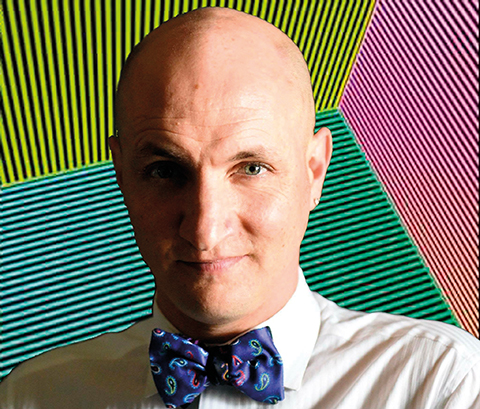
Prototyping a confocal imaging system
Dr Daniel Gareau, Laboratory for Investigative Dermatology, the Rockefeller University
Can you tell me about the product you have prototyped?
I invented and fabricated a novel, high throughput confocal imaging system. This system performs rapid imaging of whole tissue specimens and renders images that mimic the appearance of hematoxylin and eosin-stained frozen sections.
Who carried out the prototype manufacture – was it in-house or did you use a prototyping company?
Prototype manufacturing was carried out in-house by myself.
What was the prototyping process?
In the beginning, I had only the concept. I did the full design on Zemax software which optimised selection of off-the-shelf components. Then I used an optical breadboard to assemble the device. Then I entered iterative experimentation, testing and optimisation.
What are the challenges when prototyping an optics product?
The biggest challenge was alignment, which had to be precise within microns in order to achieve diffraction-limited resolution.
Did the process go satisfactorily? What could have been better?
Diffraction-limited resolution was never fully achieved. The best I did was to get within a factor of two of the diffraction-limited performance. Ideally, the degrees of freedom within the microscope consisting of micrometer screws would have been limited.
What advice would you give to other start-ups going through the process?
Identify which critical components are sensitive intellectual property, then subcontract out the construction of the rest of the prototype to an industrial collaborator.
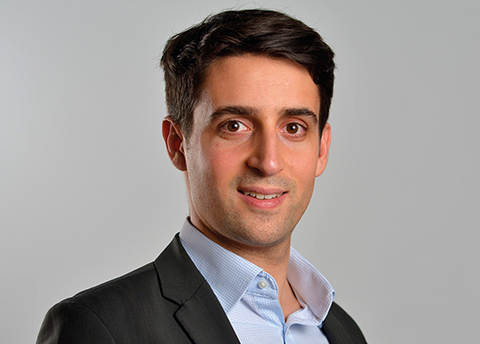
Prototyping affordable short pulse lasers
Florian Emaury, project leader at start-up MicPulse
Can you tell me about the product you have prototyped?
MicPulse offers affordable short pulse lasers to support research and industrial personnel to perform advanced multiphoton processes at their desired wavelength. Our patented semiconductor laser technology will expand the field of multiphoton imaging and nonlinear optics.
Who carried out the prototype manufacture – was it in-house or did you use a prototyping company?
I am involved in a start-up project called MicPulse hosted by the University ETH Zürich. The prototyping is done in-house for our core competences but to save time and money, we try to outsource all other possible parts of it.
What was the prototyping process?
I am currently moving from a research grade prototype (Prototype V1.0) to a sellable prototype (Prototype V2.0). This sort of prototyping requires competences in several disciplines such as optics, mechanics, electronics and software. After discussions with customers to define the target of our Prototype V2.0 I am currently testing the required features on Prototype V1.0 and these will be incorporated in V2.0. These tests will help me take the right decision and define which strategy needs to be done for outsourcing.
What are the challenges when prototyping an optics product?
The suppliers providing optics components are not as diverse and numerous as they are in the electronics field. Although it has improved a lot in recent years, it is still not as easy to find off-the-shelf components for optics as it is for electronics. Therefore, we are focusing on the optics parts as much as we can, to be sure that we make the right decision, because the three-month lead time for each component means it is not feasible to have several attempts to get it right.
For the electronics and software parts, we are mainly trying to outsource it; there are numerous companies in the electric and software sectors that makes it easy to outsource these tasks.
Did the process go satisfactorily? What could have been better?
I am still in the process of prototyping because that development goes hand in hand with an understanding of what the market and customers really need. After talking to a lot of companies for outsourcing the electronics parts, I realised that a lot of them required an upfront payment for the time invested and a price per delivered items. This makes a lot of sense that they bill it that way, but our money and time is limited, so I am always searching for a quick and easy solution.
I am hoping that the digitalisation and machine learning capacities that are currently been developed will speed up the process of prototyping optical components, such as customs coatings for example.
What advice would you give to any other start-up going through the prototyping process?
Do not try to reinvent the wheel and focus on your core value and know-how. You should try to outsource as much as possible aspects that are not your core business. People underestimate the time it takes to prototype, so it is better to focus time on your core value and leverage know-how from others.


